10 Show-Stopping Smartphones From CES 2014
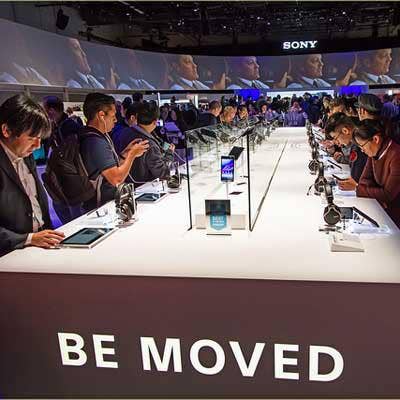
Smartphones That Stole The Show
No Consumer Electronics Show is complete without the obligatory spread of smartphones, and CES 2014 didn't disappoint.
Whether it's "phablets" or minis, or even phones that bend, there was a smartphone for everyone at this year's CES. Usual contenders, like LG and Samsung, clearly came ready to wow, but the show also included a few surprises from smartphone newcomers like Lenovo.
Here are 10 of the coolest smartphones from CES 2014.
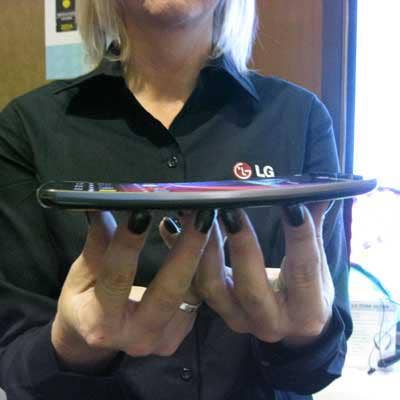
LG G Flex
LG wowed CES show-goers with its new G Flex, what the company said is the world's first curved and flexible smartphone.
After getting hands on with the G Flex, it appears to live up to its name. The phone definitely has a curve to its design and can even bend slightly without breaking. What's more, the phone's case has what LG calls "self-healing" technology, making it practically impervious to scratches or nicks.
The G Flex runs Google's Android OS, has a 6-inch OLED display and runs on Qualcomm's Snapdragon 800 quad-core platform.
LG hasn't released pricing details just yet but said the G Flex is slated to arrive in the U.S. in the first quarter this year.
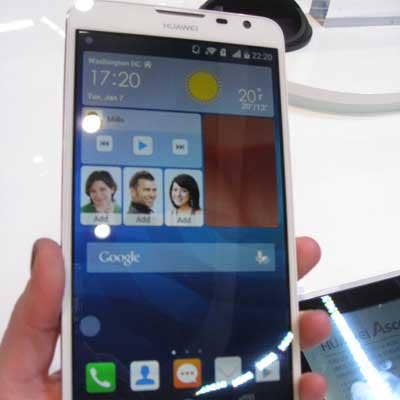
Huawei Ascend Mate2
As rumored, Huawei used CES 2014 to unveil its second-generation Ascend Mate phablet. Appropriately named the Ascend Mate2, the phone measures 6.1 inches -- small enough to not look ridiculous as a phone but big enough to serve as a full-fledged tablet. Surprisingly, one of its coolest features is the battery: Huawei said the phone can go two full days on a single charge and provide "reverse charging," letting users charge their other mobile devices from the Ascend's 4,050mAh battery.
The phone comes with a 5-megapixel front-facing and 13-megapixel rear-facing camera, the latter of which can be used with features such as vertical panorama mode and 10-level Auto Face Enhancement to provide what Huawei called a more "fun-filled 'selfie' experience." Under the hood of the Ascend Mate2 is either a 1.6GHz Qualcomm MSM8928 processor or Huawei's own HiSilicon Cortex-A9 chip, depending on the market.
Huawei said the phone eventually will be available in the U.S.
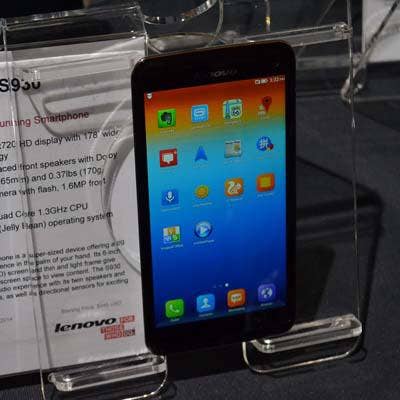
Lenovo S930
Another phablet-size smartphone that turned heads at CES was Lenovo's new S930.
According to Lenovo, the S930 has everything it takes to satisfy even the "most voracious" of media junkies, including a 6-inch HD 1,280 x 720 touch screen and twin Dolby Digital Plus speakers. The phone is powered by a MediaTek Quad Core processor, runs Android 4.2 and measures 0.34 of an inch thick.
The S930 also comes with an 8-megapixel rear camera, along with Lenovo's Super Camera and Super Gallery apps for adding effects and customizing photos. Gesture controls also are included.
For now, the S930 is only available overseas, but Lenovo has said it plans to enter the North American smartphone market at some point -- so sit tight.
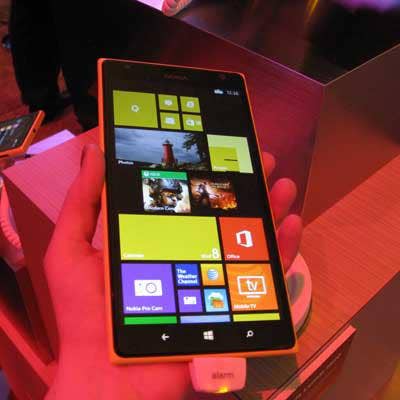
Nokia Lumia 1520
Nokia at CES showcased the newest member of its Lumia smartphone family: the Lumia 1520.
First introduced in India in December and now available through AT&T in the U.S., the Nokia Lumia 1520 has the same look and feel as its predecessors, the Lumia 1020 and Lumia 925, but stands apart for a couple of reasons. For starters, the Lumia 1520 is a bigger device, with a 6-inch display compared with the 4.5-inch display on the 1020 and 925. For that reason, it's also a little heavier in the hand, weighing in at 0.44 of a pound (the 1020 and 925 weigh 0.34 of a pound and 0.3 of a pound, respectively).
The Lumia 1520 is also the first phone from Nokia to launch with Lumia Black, the latest version of the Windows 8 Phone OS. Lumia Black offers up new features such as an App Folder, a new Start screen tool for grouping together similar apps and settings, and Nokia Storyteller, an app that arranges users' photos by date and place and then locates them on an interactive map, to create "stories" from their snapshots.
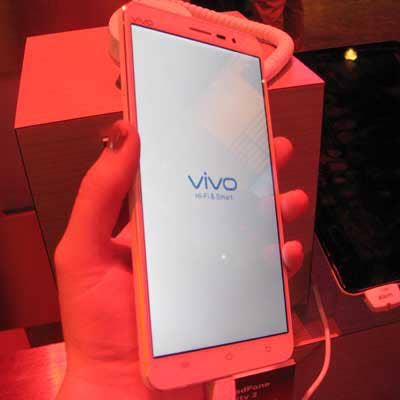
Vivo XPlay 3S
Vivo's new XPlay 3S instantly catches the eye with its lightweight, super-sleek design. But upon closer examination, it's the XPlay 3S' display that really sets it apart.
Launched in December, the XPlay 3S is the world's first smartphone with a 2K -- or 2,560 x 1,440 -- display, and boasts an industry-leading pixel density of 490 pixels per inch (ppi). But it doesn't stop there. The 6-inch 3S also includes the new DTS Headphone X audio chip, allowing it to pump out big, theater-style surround sound.
The XPlay 3S is powered by a 2.3GHz Snapdragon 800 processor and has 3 GB of RAM. Unfortunately, though, it looks like this CES crowd-pleaser will only be available overseas.
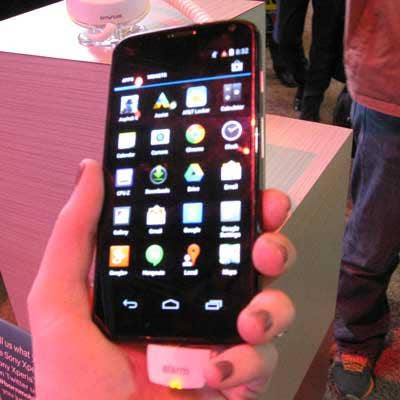
Motorola Moto X
Ever wish you could design your own smartphone? With Motorola Moto X, one can do just that.
Before placing an order for the phone, users go online to customize the device, choosing its front and back colors, access hues, and even the colors of the volume rockers. Users can even choose to have their name, or a specific phrase, inscribed on the back.
Other details for the Moto X include a 10-megapixel rear-facing camera, a 4.7-inch display and Google Android OS. The device also supports Touchless Controls, so it can respond to the sound of its user's voice.
Sweetest of all, though, is the Moto X's price tag -- it starts at a modest $50 in the U.S.
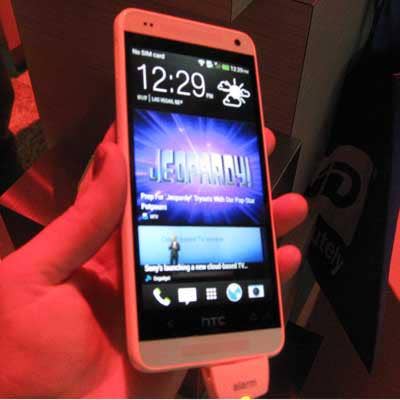
HTC One Mini
HTC is betting good things really do come in small packages with its HTC One mini.
The smaller counterpart to the HTC One, the HTC One mini has a compact 4.3-inch display, bringing a nice dash of variety to the phablet-dominated mix at this year's CES. It's also slimmer than its bigger sibling, measuring just 0.36 of an inch thick and weighing in at just 0.26 of a pound.
Despite its smaller form factor, the HTC One mini packs in a lot of the native features of the original HTC One. It comes, for example, with BoomSound, HTC's dual-front stereo speaker system, and supports BlinkFeed, an HTC feature that collects real-time news and social media updates most relevant to its user and places those updates on the phone's home panel.
The HTC One mini sells for $100 with a contract.
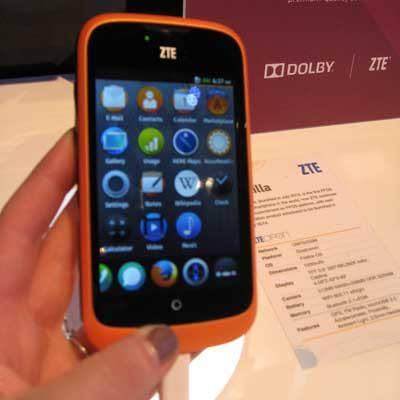
ZTE Open
Targeted at the entry-level smartphone market, the ZTE Open is unique in that it's the world's first smartphone to run the Mozilla Firefox OS.
Launched in July, the ZTE One comes in either orange or blue (Firefox's official colors), and has a 3.5-inch display for easy one-handed use. The ZTE Open has the kind of specs one would expect to see on an entry-level device, such as a 2-megapixel rear-facing camera, no front-facing camera, and 512 MB of built-in storage.
Still, the ZTE Open features what ZTE refers to as a "revolutionary" new search capability that helps the device adapt to a user's changing needs. When a user swipes the home screen to the right and enters a search term, the phone will customize itself to that search, pulling up, for example, results for buying songs or watching music videos when a specific musician is searched.
AS ZTE said when unveiling the phone, Open is definitely priced for the "cost-conscious," selling for just $80.
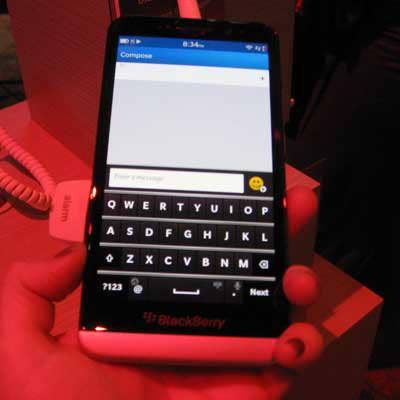
BlackBerry Z30
Despite a rough few years for BlackBerry, it wasn't a no-show at CES. On display was the BlackBerry Z30, what BlackBerry has dubbed its "biggest, fastest and most advanced smartphone" yet. Launched in November, the Z30 has an all-touch 5-inch display -- rather than the company's flagship QWERTY keyboard -- and includes BlackBerry's Paratek Antenna technology which, according to the company, can dynamically tune reception to give users' better connectivity in low-signal areas.
The Z30 runs the latest version of the BlackBerry 10 OS -- version 10.2 -- and includes new features such as the BlackBerry Priority Hub, a tool that can "learn" what conversations or what contacts are most important to users and then prioritize that information for easy access. Also new in BlackBerry 10.2 is a feature called Natural Sound, which BlackBerry said makes BBM Voice and Video chats more realistic by picking up on nuances and variations in tone.
The BlackBerry Z30 sells for $200 with a contract.
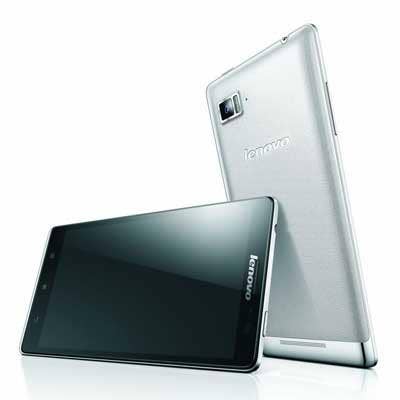
Lenovo Vibe Z
Lenovo's CES smartphone lineup also included the new Vibe Z, the first LTE smartphone to emerge from the PC giant.
Encased in either a silver or titanium body, the Vibe Z measures a svelte 0.31 of an inch thick and weighs just 0.3 of a pound. The phone has a laser-etched, fabric-feel rear cover and a 5.5-inch full HD display with a pixel density of 400 pixels per inch. On the inside is a Qualcomm Snapdragon 800 quad-core 2.2GHz processor and up to 16 GB of internal storage.
The Vibe Z runs Android and comes with custom imaging software that users can leverage alongside the device's 13-megapixel rear-facing and 5-megapixel front-facing cameras. The phone also offers gesture control support for easier one-handed usage.
The Vibe Z starts at $549. Like the Lenovo S930, availability in the U.S. is not yet confirmed.